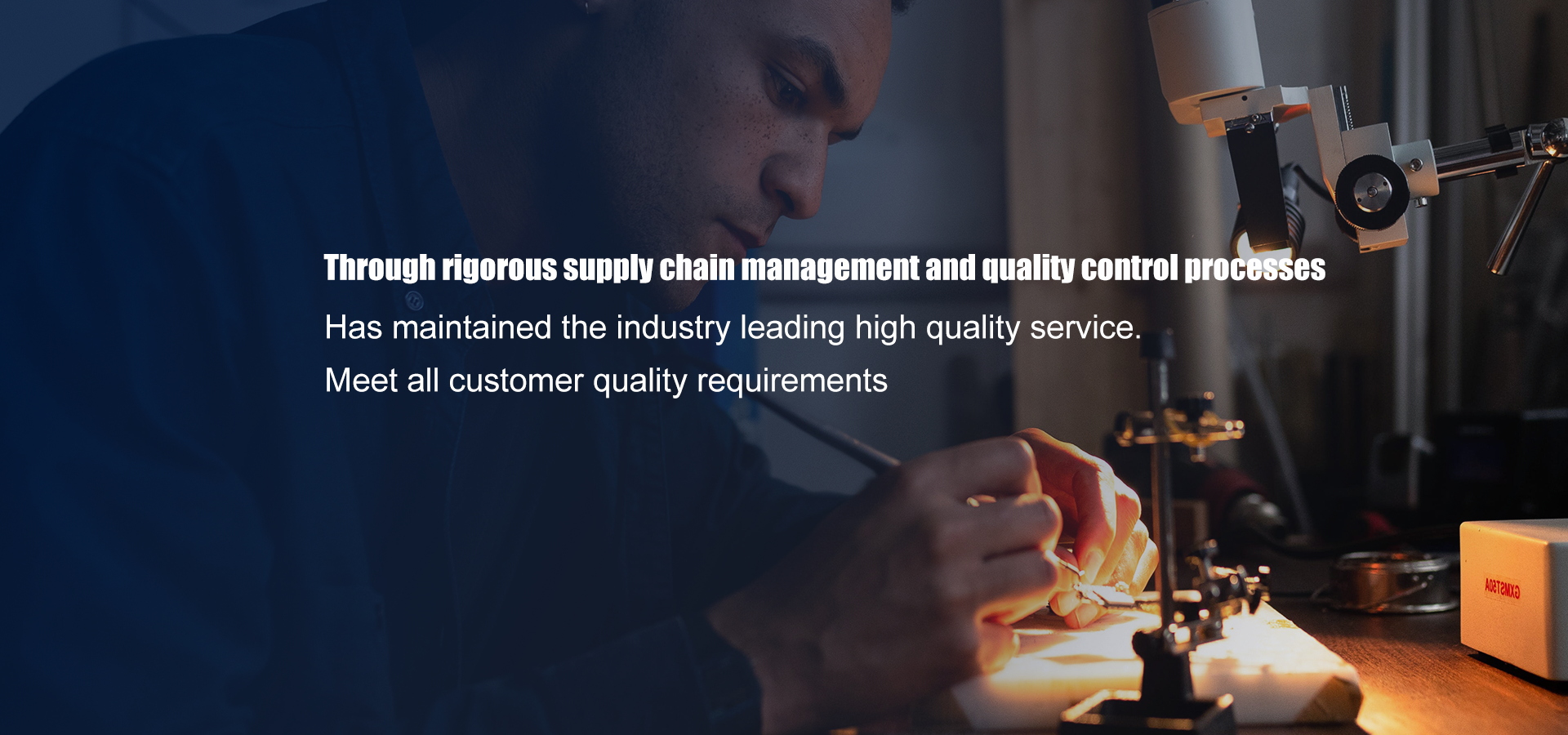

We’ve long believed that the more accurate the forecast, the more stable the control.
But the past few years have felt like a series of pop quizzes — each proving a brutal truth:
no prediction can completely withstand the pressure of reality.
The quarterly sales you carefully projected can be overturned by a single viral post.
The optimal shipping route you locked in might suddenly halt due to a geopolitical event.
In today’s world, flexibility is no longer a “bonus skill” — it’s a lifeline.
Prediction draws the map.
Flexibility gives you the ability to go off-road.
Forecasts still matter — they give us structure and direction.
But modern supply chains are no longer straight tracks for a clean sprint.
A single raw material shortage, a delayed vessel, or a sudden port closure can invalidate even the best plans.
The best teams I’ve seen never rely on “perfect forecasting.”
Their true edge lies in rapid adjustment:
when a key component suddenly runs out, a replacement is already being tested within 72 hours;
when a primary supplier fails, backup capacity is instantly activated;
when market prices surge overnight, certified alternates are ready to deploy.
This is what real, life-saving agility looks like.
“Small” and “fast” are the new competitive strengths.
In the past, large-scale forecasting was a big company’s game —
lock materials six months ahead, stockpile inventory, leverage scale for price.
But today, smaller manufacturers with monthly output between 10,000 and 100,000 units are moving faster.
Their secret?
They finalize new part or supplier decisions within a week.
They accept test orders as small as one piece.
Their BOM lists are updated almost weekly, not just at year-end.
That speed lets them seize opportunities that giants overlook.
In an age of uncertainty, being small is the new strength.
Flexibility is not chaos — it’s disciplined adaptability.
True flexibility doesn’t mean constant change or chaos.
It means having a system that allows you to change — smoothly, deliberately, and without breaking.
Reliable flexibility is designed, not improvised.
When I reviewed teams that thrived through crises, I found a common pattern:
their agility wasn’t luck — it was architecture.
They had verified backup suppliers ready to activate;
a “dual-warehouse” strategy for key materials, ensuring supply within 3–5 days;
and engineers working alongside procurement to cut communication time by 40%.
The cost of waiting — a moment I’ll never forget.
I still remember a team hesitating because their forecast showed prices might drop next quarter.
When they finally placed the order, lead time had jumped from 4 weeks to 12 — and even the substitutes were sold out.
The lesson was painful but clear:
Prediction is what you hope will happen.
Flexibility is what you can still do when that hope falls apart.
So why is flexibility more important than forecasting today?
Because forecasting is how you wish the world would run —
but flexibility is how you respond to how it really runs.
One saves you time.
The other might save your business.
We can’t predict where the next disruption will come from.
But we can build the agility to stay one step ahead of it.
That, perhaps, is the deepest confidence in modern business — and in life:
the winners are never the ones with the most perfect plans,
but those who adapt fastest and move with the greatest precision.


